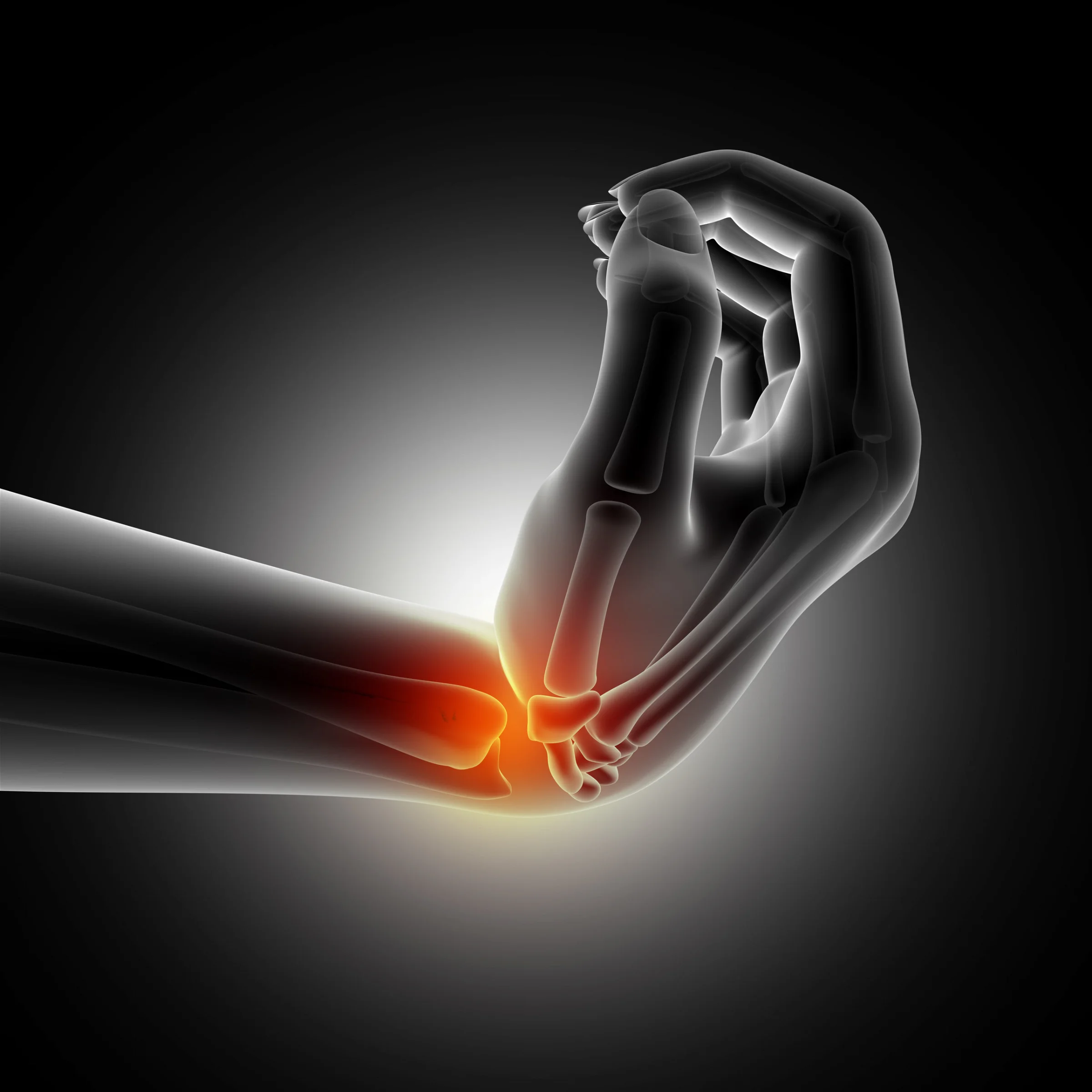- Conditions
- Treatments
- Patients
- Practice
- Dr. Tian Xia
- Heather Cottini
- Andry Khlopas
- Lyndsey Johnson
- Dr Michael G Banuelos
- Linda H. Morris
- Stacia Jones
- Hoai Luu
- Dr Ricardo Knight
- Finnbar Higgins
Chiropractors
Physical Therapist
- Blog
Fluoroscopic Guided Injection Therapy
Fluoroscopic Guided Injection Therapy
Facet joint arthropathy is mostly the element contributing to the pain experienced by people suffering from spinal stenosis and isolated back pain.

Under Fluoroscopic Guided Injection Therapy, which involves digital x-ray video, facet blocks are performed and can be medial branch blocks or intra-articular injections.
The facet joint gets sensory innervations from the dorsal ramus medial branch and the blockade of this nerve has been found to be effective when there is an intra-articular infiltration.
Fluoroscopic Injection Therapy treatment is comfortable to the patient and is quick and easy. In cases where the block does not offer a long-term relief, this treatment will serve as a medial branch radiofrequency lesioning block.
This kind of treatment is performed under the guidance of fluoroscopy and with the patient in a prone position.
Neck facet joint arthropathy is frequently used in the management of pain and a similar procedure is also used when dealing with the problems associated with the back and the neck.
The cervical procedure poses a challenge which is caused by the bony elements located in the lumbar spine.
Sacroiliac Joint Injection
This is an injection performance with the guidance of an x-ray where a small caliber needle is inserted into the sacroiliac joint which is the joint formed between the spine and the pelvis and is the area where lower back pain mostly emanates from. This injection can be accompanied by small amounts of steroids and anesthetics.
Peripheral Nerve blocks
Most of the neuropathic syndromes that are associated with peripheral nerve damage can be diagnosed and treated through peripheral nerve blocks.
In cases where there is a dilemma involving the cause of pain, blocking a certain nerve will rule out the cause of the pain.
When used peripherally, steroids have been found to reduce the irritation and inflammation on the involved nerve and consequently reduce the pain.
The cycles or pain may be broken using local anesthetics and this will give the patient some relief. The use of these blocks for purposes of therapeutic treatment is based on the anecdotal report found in the literature and their frequency will depend on their effectiveness.
Lysis of Epidural Adhesions Utilizing the Racz Catheter
Epidural scarring arises as a result of a disc tearing, a disc breakage that leads to leakage or bleeding into the epidural space after a surgery.It is also believed that vertebral body fracture, herniated or ruptured discs and surgery are followed by persistent pain which is as a result of the compression of root.
The pain of spinal column metastatic carcinoma, unexplained back or neck pain, and failed facet joint might be caused by epidural scarring.X-ray guidance is used in guiding the Racz catheter, which is a small flexible catheter when introducing it to the tail bone.
There is a small opening on the tailbone at the bottom of the vertebral column which is used as the entrance to the epidural space. This small space referred to as the sacral hiatus will be used to introduce the catheter which will break the adhesion that result from surgery. This hole can also be used to administer steroid medication in the epidural space.
Most of the patients that are treated through this procedure are people who have a lower back affected by severe degeneration or have had a back surgery.
Epidural Injections/Transforaminal Nerve Root
These injections are used in the blockage of particular nerve roots in the body and are performed as therapeutic and diagnostic. This procedure is more difficult to perform and far more superior when compared to the conventional epidural injections. This procedure is more effective in cases where the inflammation is at the neural foramina.
In some cases, there are mechanical obstructions caused by a herniated disc that prevent the spread of the steroids in the affected nerve root. This blockade can be avoided through the injection of the steroid along the outer central canal. There is a lower dose involved than the one used in epidural steroid injections and this avoids the side effects.
